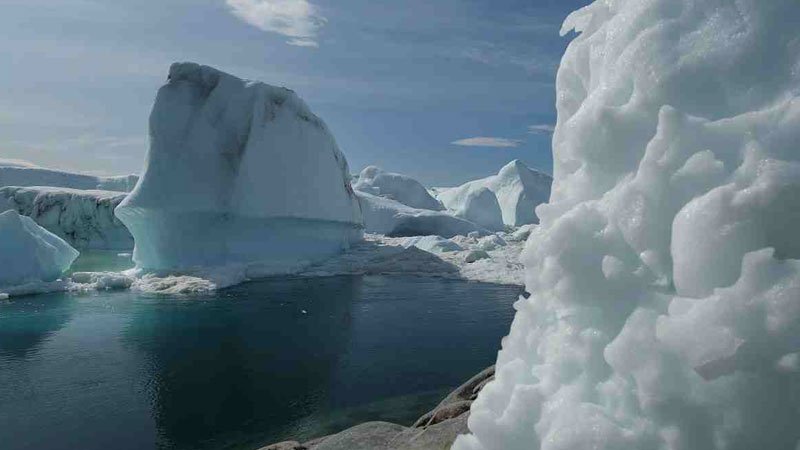Two geoscientists and a philosopher from the University of Chicago (UChicago) estimated that an “ultimate cost of carbon” to humanity comes out closer to 100,000 dollars per ton, a thousand times higher than the 100 dollars or less routinely calculated for the cost to our generation.
According to a news release posted on the university’s website on Wednesday, the researchers built a model that projected the effects of climate change for hundreds of thousands of years. In that time, sea levels rise as ice sheets melt, and storms and droughts get more intense.
Under this model, the cost of carbon that we burn today explodes to range from 10,000 dollars to 750,000 dollars per ton based on details of the geophysical and economic scenarios. The researchers found a central value of about 100,000 dollars per ton.
“The ultimate costs are a thousand times higher than the more normally calculated present-day value of those costs because climate change will persist for a thousand times longer than our generation will,” said David Archer, a computational climate scientist at UChicago, reports Xinhua.
“If you lose 10 percent of your capacity to grow food, in our model, you lose 10 percent of your population and economy,” Archer said.
Current economic “social cost of carbon,” pioneered by UChicago Professor Michael Greenstone as a number to represent the value of all future damages to our generation in today’s dollars, calculates the difference between realistic projections of the economy with and without climate change, which typically comes out to 100 dollars or less per ton.
However, embedded into this calculation is a basic economic principle called the discount rate. Assuming the economy will continually grow means that costs that will come due more than a hundred or so years into the future don’t matter much to us today.
“What we wanted to get with this calculation is a better sense of the burden we’re placing on future generations,” said Archer. “This is not intended to be a realistic calculation of the present-day value of costs, but it’s our attempt to try to put the huge time scales into more understandable units.
The study has been published in the journal Climactic Change.

